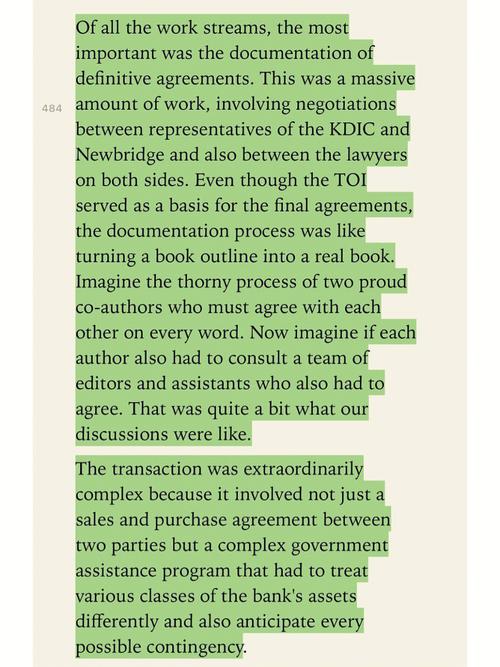Practical Money Games
Are you looking for an engaging and educational way to teach your children about money? Look no further! Practical money games can be a fun and interactive way to instill financial literacy in kids of all ages. In this article, we will explore various money games that can help your children learn about saving, spending, and investing. Let’s dive in!
Interactive Board Games
Interactive board games are a great way to introduce the concept of money to children. One popular game is “The Game of Life,” which allows players to make financial decisions throughout their lives, such as buying a house, saving for retirement, and managing debt. Another game is “Monopoly,” where players learn about buying properties, collecting rent, and managing their finances.

| Game | Age Range | Key Financial Concepts |
|---|---|---|
| The Game of Life | 8 and up | Income, expenses, saving, investing, retirement |
| Monopoly | 8 and up | Property buying, rent collection, managing debt |
Online Money Management Simulations
With the rise of online gaming, there are now numerous money management simulations available for children. These simulations allow kids to create their own virtual bank accounts, deposit and withdraw money, and make financial decisions. Some popular online money management simulations include “Bankaroo” and “Khan Academy’s “Financial Literacy” section.
“Bankaroo” is a free app that teaches children how to save, spend, and budget their money. It allows parents to set up accounts for their children and track their spending habits. Khan Academy’s “Financial Literacy” section offers interactive lessons and simulations that cover topics such as budgeting, credit, and investing.
Role-Playing Games
Role-playing games can be a fun and engaging way to teach children about money. You can create a scenario where your child is responsible for managing a family’s finances. This could involve setting a budget, planning a family vacation, or even running a small business. Encourage your child to think about the costs and benefits of their decisions.
Virtual Reality Experiences
Virtual reality (VR) has become increasingly popular, and it can also be used to teach children about money. VR experiences like “Job Simulator” allow children to explore different careers and learn about the income and expenses associated with each job. This can help them understand the value of money and the importance of saving for the future.

Real-World Money Games
There are also real-world money games that can help children learn about money. For example, you can take your child to a local bank or credit union and let them open their own savings account. This can help them understand the importance of saving and the benefits of earning interest on their money.
Another option is to take your child to a local store and let them use their allowance to buy something they want. This can help them learn about the value of money and the importance of making smart purchasing decisions.
Conclusion
Practical money games can be a valuable tool in teaching children about financial literacy. By incorporating interactive board games, online simulations, role-playing games, virtual reality experiences, and real-world activities, you can help your child develop a strong foundation in money management. So, why not start playing some money games today and have fun while learning about finances?

